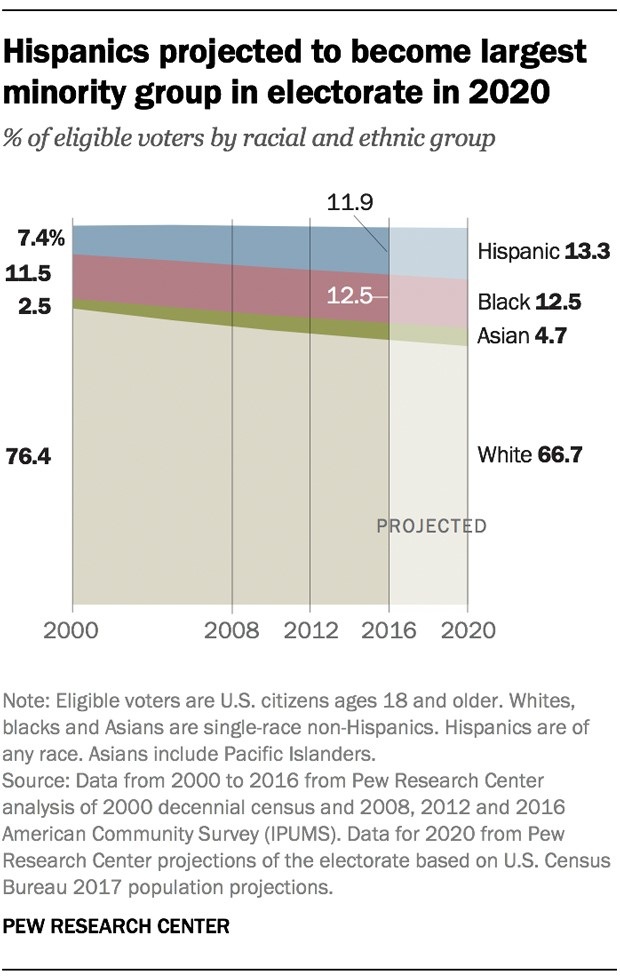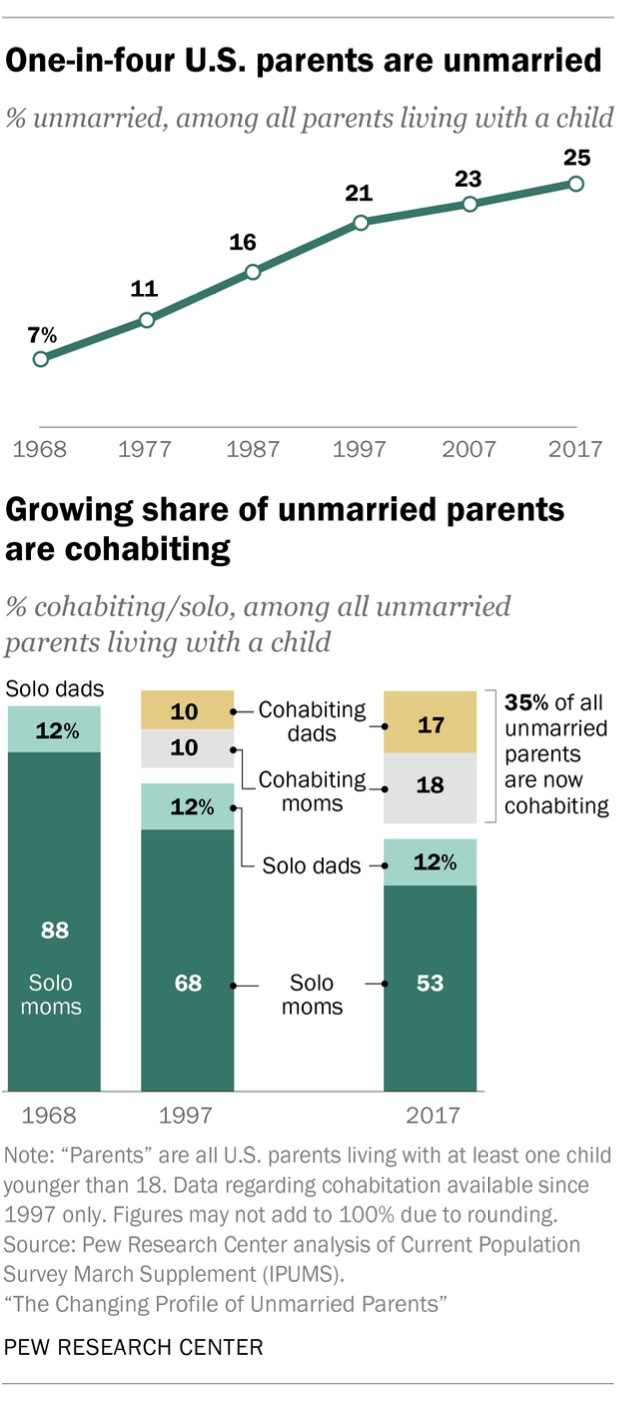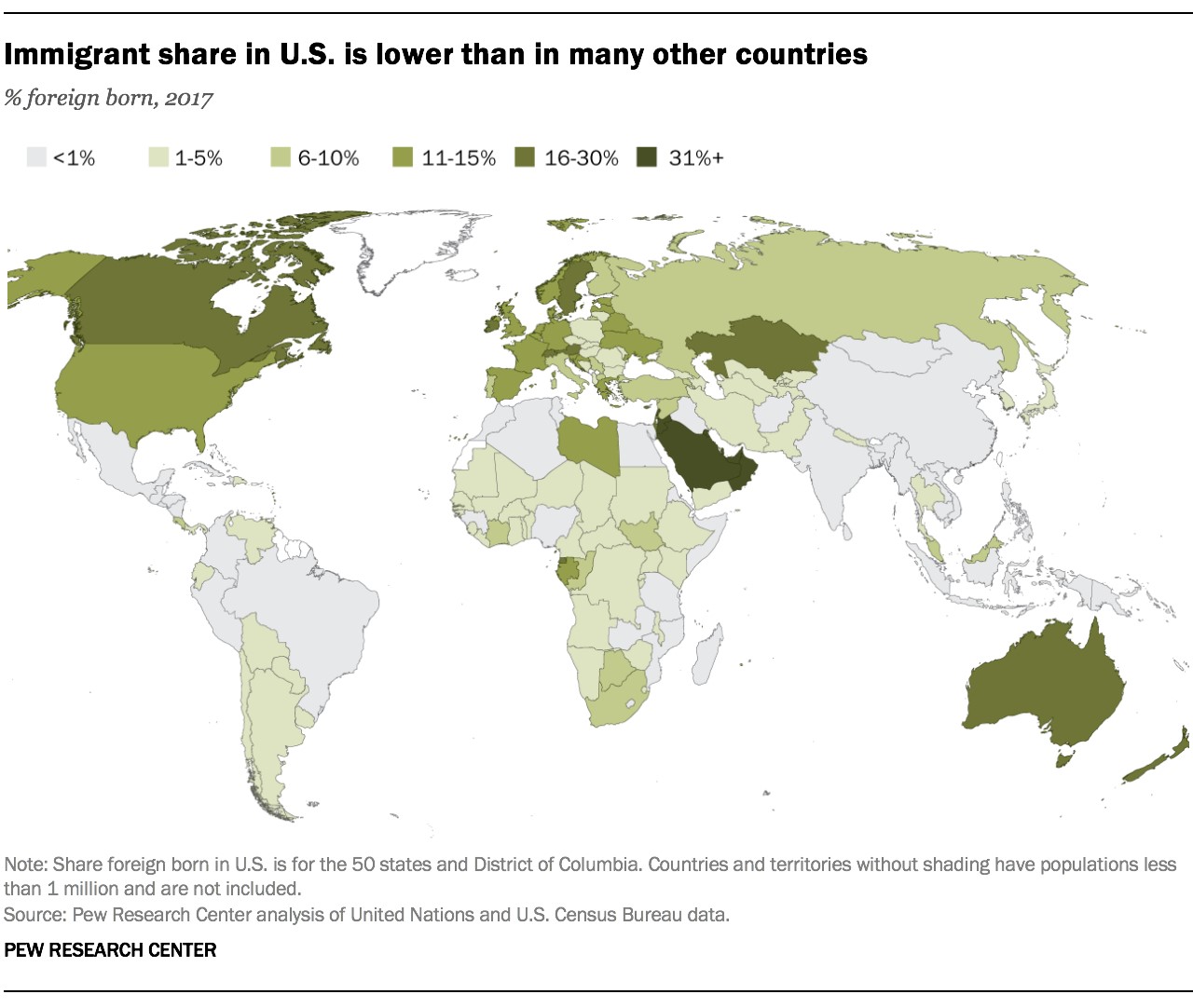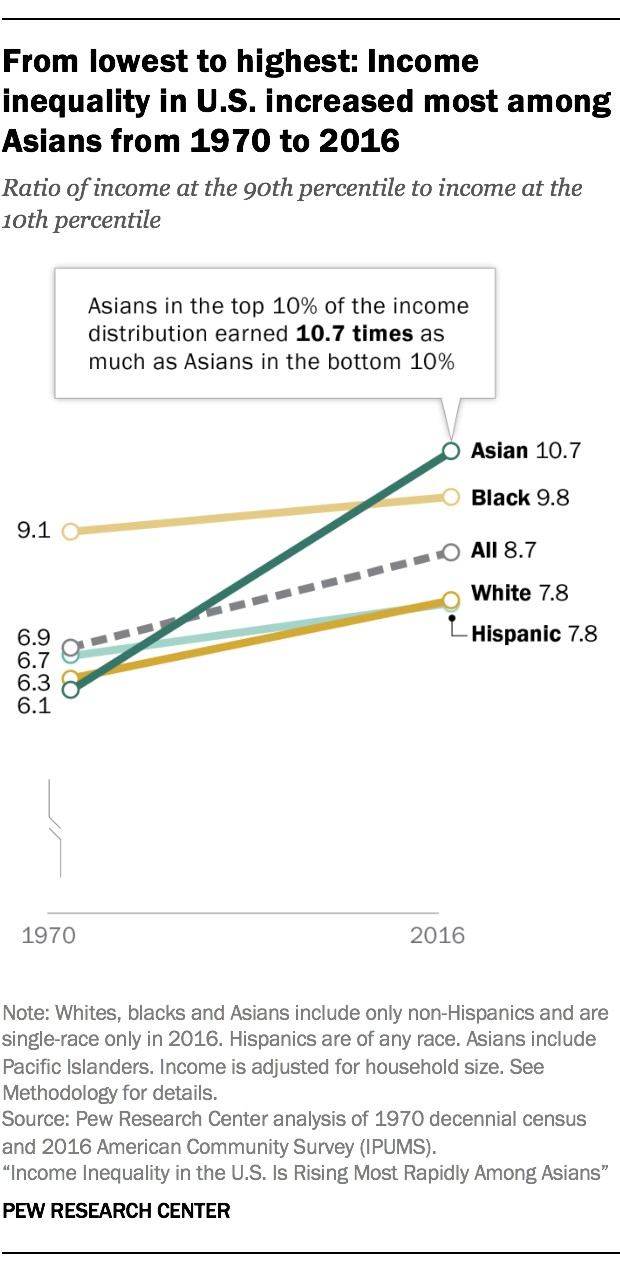
6 Demographic Trends Every Pastor Needs to Know
In light of the annual meeting of the Population Association of America, Pew Research Center offered six “notable demographic trends.”
Notable indeed. They are the six trends shaping the U.S. and the World in 2019. Here’s a précis of their report:
1. Millennials are the largest adult generation in the United States, but they are starting to share the spotlight with Generation Z.
This year, Millennials (ages 23 to 38) will outnumber Baby Boomers (ages 55 to 73), according to Census Bureau projections.
Although the nation’s 73 million Millennials are the largest living adult generation, the next one – Generation Z – is entering adulthood. Gen Zers (those ages 7 to 22 this year) are on track to be the best-educated and most diverse generation yet. Nearly half of Gen Zers (48%) are racial or ethnic minorities.
2. Hispanics are projected to be the largest racial or ethnic minority group in the U.S. electorate when voters cast their ballots next year.
The number of eligible voters who are Hispanic (32 million) is projected to surpass that of black eligible voters (30 million) for the first time. The projections indicate that whites will account for two-thirds of the electorate—a declining share.


3. The American family continues to change.
A growing share of parents are unmarried. Among parents living with a child, the share who are unmarried increased from 7% in 1968 to 25% in 2017. Part of this increase is due to a growing share of unmarried parents cohabiting, as 35% of unmarried parents were in 2017. Over the same period, the share of U.S. children living with an unmarried parent more than doubled, from 13% in 1968 to 32% in 2017.
Stay-at-home parents account for about one-in-five parents (18%), which is roughly similar to 25 years ago, despite some fluctuation in the intervening years. For some parents, caring for a child isn’t their only responsibility: 12% of all parents with a child younger than 18 at home are also caring for an adult.
Americans generally see change on the horizon when it comes to the future of the family. A majority of Americans (53%) say that people will be less likely to get married in the year 2050, and 46% say people will be less likely to have children than they are now.
4. The immigrant share of the U.S. population is approaching a record high but remains below that of many other countries.
The 44 million foreign-born people living in the U.S. in 2017 accounted for 13.6% of the population. That is the highest share since 1910, when immigrants were 14.7% of the total population. The record share was in 1890, when immigrants were 14.8% of the total. According to United Nations data, 25 nations and territories have higher shares of immigrants than the U.S. They include some Persian Gulf nations with high shares of temporary labor migrants, as well as Australia (29%), New Zealand (23%) and Canada (21%).

5. The U.S. unauthorized immigrant population is at its lowest level in more than a decade.
There were 10.7 million unauthorized immigrants living in the U.S. in 2016, the lowest total since 2004. The decrease is due mainly to fewer Mexicans entering the U.S. without authorization. Only three of the nation’s 20 largest metropolitan areas had larger unauthorized immigrant populations in 2016 than in 2007. Nationally, unauthorized immigrants are one-quarter of all U.S. immigrants.

6. Incomes are rising in the U.S., but the increase is not being felt equally by all Americans.
Household income in the U.S. is at or near the highest level it has been in the last 50 years. At the same time, income inequality continues to grow, and the growth has been more pronounced among some racial and ethnic groups than among others. For example, the gap between Asians at the top and bottom of the income ladder nearly doubled between 1970 and 2016. Over that period, Asians went from being one of the groups with the lowest income inequality to the highest.
The share of Americans who are in the middle class has fallen over the last several decades. About half (52%) of adults were considered middle class in 2016, down from 61% in 1971. The share of adults in the middle class has stabilized around half since 2011. Meanwhile, median incomes have grown more slowly for middle-class households than for upper- or lower-class households.
More broadly, the public also sees differences by race and ethnicity when it comes to getting ahead in the U.S. today. A majority of Americans (56%) say that being black hurts a person’s ability to get ahead a lot or a little, while 51% say being Hispanic is a disadvantage. In contrast, about six-in-10 (59%) say being white helps a person’s ability to get ahead in the U.S. today. Views on the impact of being Asian are more mixed.
So there you have it. Six trends shaping the world.
And each worth reflecting on deeply.
> Read more from James Emery White.

Tags: Demographic Trends, James Emery White, Population Trends













